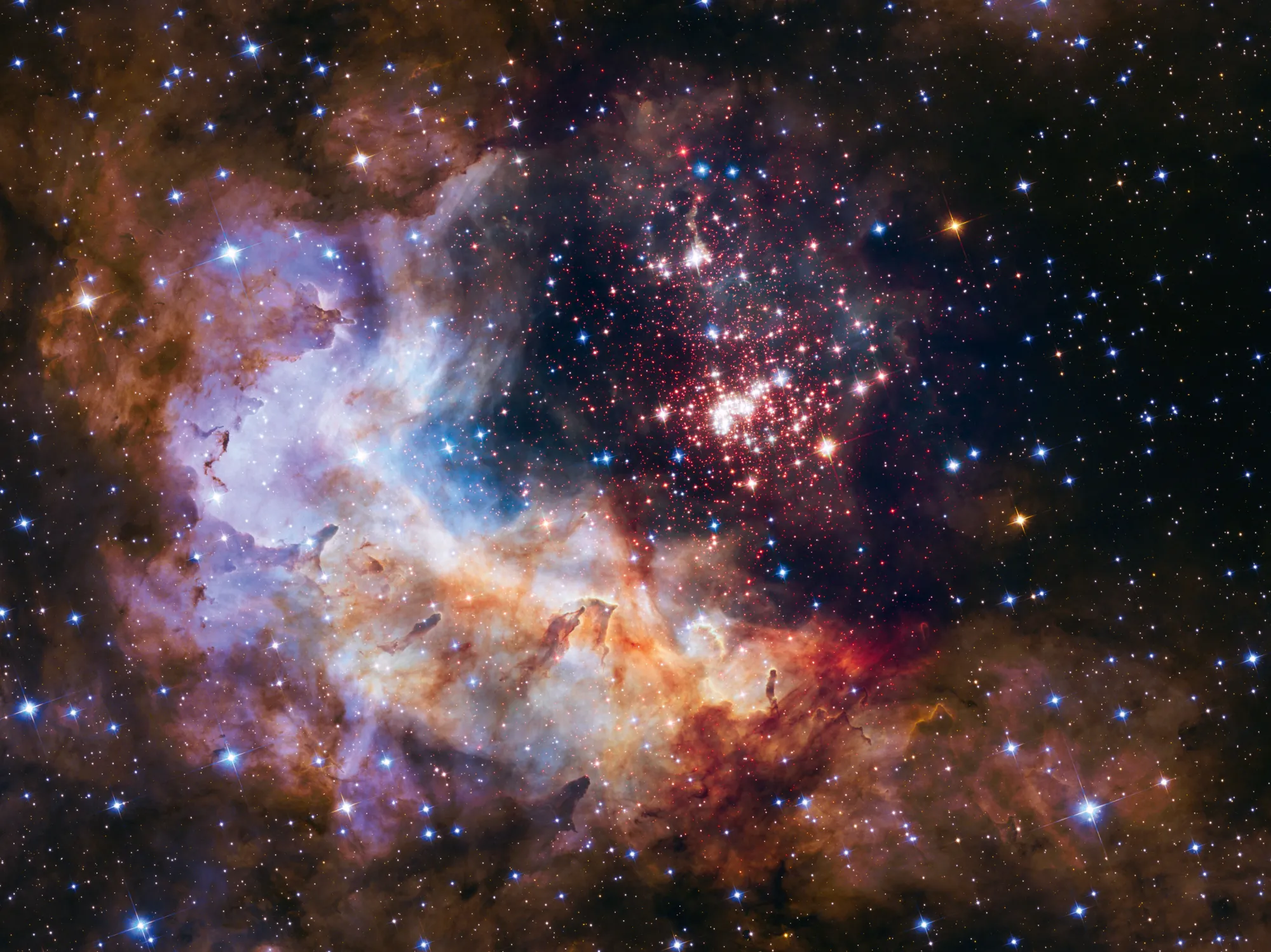William Cook
⸻
Abstract
I propose a replacement model for universe birth, in which black holes do not merely serve as portals or buds for causally disconnected baby universes, but act as the cosmic seeds whose collapse and bounce wholly transform them into new universes. In this model, black holes accumulate mass-energy until they reach a critical threshold; their catastrophic bounce consumes the black hole structure itself, converting all energy into the fabric of a newly inflating universe. I further situate this process within a nested cosmos: our universe, and all universes, exist inside older, larger universes — a natural cosmic ecology in which destruction and creation are phases of an ongoing equilibrium. This model addresses fundamental problems of the Big Bang theory: what came before, where the initial energy arose, and into what our universe expands.
⸻
1. Introduction
Standard cosmology’s Big Bang theory begins with an initial singularity, offering no causal story for what preceded or produced the singularity, nor a meaningful context for the universe’s expansion. Alternative ideas — inflationary multiverses, cyclic models, black hole cosmologies — attempt to fill these gaps, but often leave key questions open.
Here I present an integrated replacement model:
• Black holes accumulate and compress energy to critical density.
• The bounce from this state initiates a new universe’s birth, consuming the black hole in the process.
• Each universe is born within an older universe’s black hole, creating a nested, self-sustaining cosmic ecology.
⸻
2. The Replacement Birth Mechanism
2.1 Energy accumulation
A black hole gathers mass-energy over cosmic time, compressing it toward Planck-scale conditions.
2.2 Critical density & bounce
Quantum gravitational effects (e.g., torsion, spacetime discreteness) prevent true singularity formation. Collapse halts and reverses — a bounce ignites.
2.3 Black hole consumed
The bounce is so energetic it destroys the black hole’s event horizon and structure. All mass-energy becomes the matter, radiation, and spacetime of the newborn universe.
⸻
3. A Nested Cosmos
I posit that:
• Our universe is the interior of a black hole that formed in a larger, older universe.
• Our expansion occurs within (or beyond) that black hole’s structure.
• Each black hole in our universe could birth a new universe — the multiverse emerges naturally from physical processes.
This provides:
✅ A causal precursor: our universe arose from a parent universe’s black hole collapse.
✅ A source for the Big Bang’s energy: it is the accumulated mass-energy of the parent black hole.
✅ A context for expansion: our universe grows as a region inside the parent universe’s black hole.
⸻
4. Philosophical Implications
4.1 Cosmic Equilibrium
Destruction and creation are a single balanced process:
• The black hole’s collapse = death phase of a region in the parent cosmos.
• The universe’s birth = creation phase fueled by that collapse.
4.2 No absolute beginnings or endings
There is no need for a “first cause” or mystical origin. Every universe emerges within a grander cosmic nesting, possibly infinitely or fractally layered.
4.3 A cosmic ecology
The cosmos is a self-sustaining system:
• Universes give rise to universes through natural processes.
• Energy and structure are recycled.
• Variation among universes (e.g. physical constants) allows cosmic evolution and natural selection at the grandest scale.
4.4 Meaningful space for expansion
Our universe does not expand into nothingness, but into the structure of a larger reality — the interior of its parent black hole. This restores intuitive and ontological grounding to cosmic expansion.
⸻
5. Comparison to Other Model
⸻
6. Open Questions
• What precise quantum gravity process drives the bounce?
• Could remnants of the parent black hole influence the child universe?
• How might advanced civilizations detect or engineer this process?
• Are universes in the nesting chain causally linked in subtle ways?
⸻
7. Conclusion
The replacement model within a nested cosmos provides an elegant, natural resolution to the Big Bang’s initial condition problem, the mystery of cosmic expansion, and the origin of universes. It frames the cosmos as a balanced, evolving system of creation through destruction, where black holes are not merely endpoints or bridges, but the very seeds of existence.
⸻
References
(To be compiled: Smolin, Popławski, loop quantum gravity bounce models, ekpyrotic theory, arXiv preprints on black hole cosmology, torsion theory)
